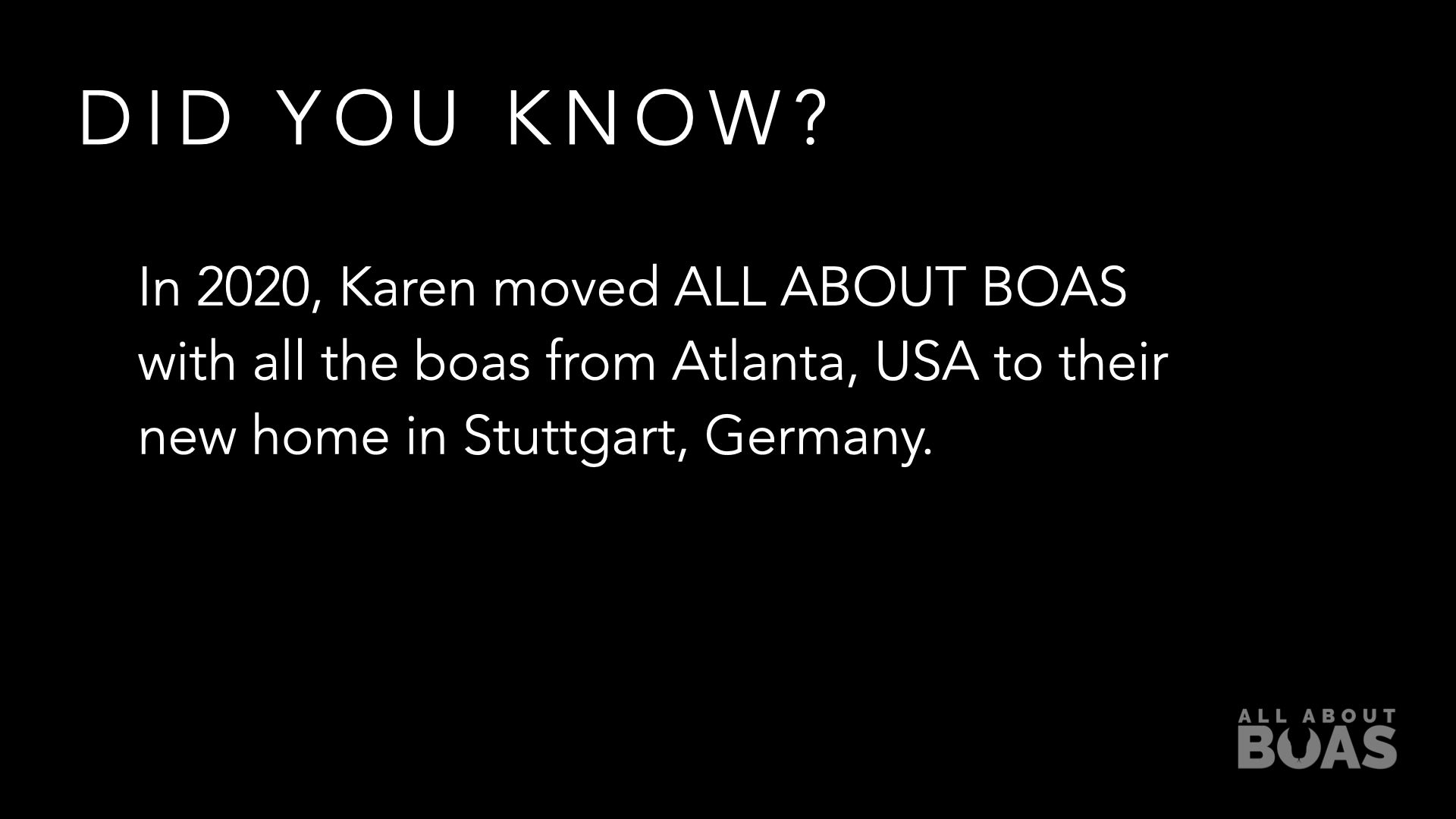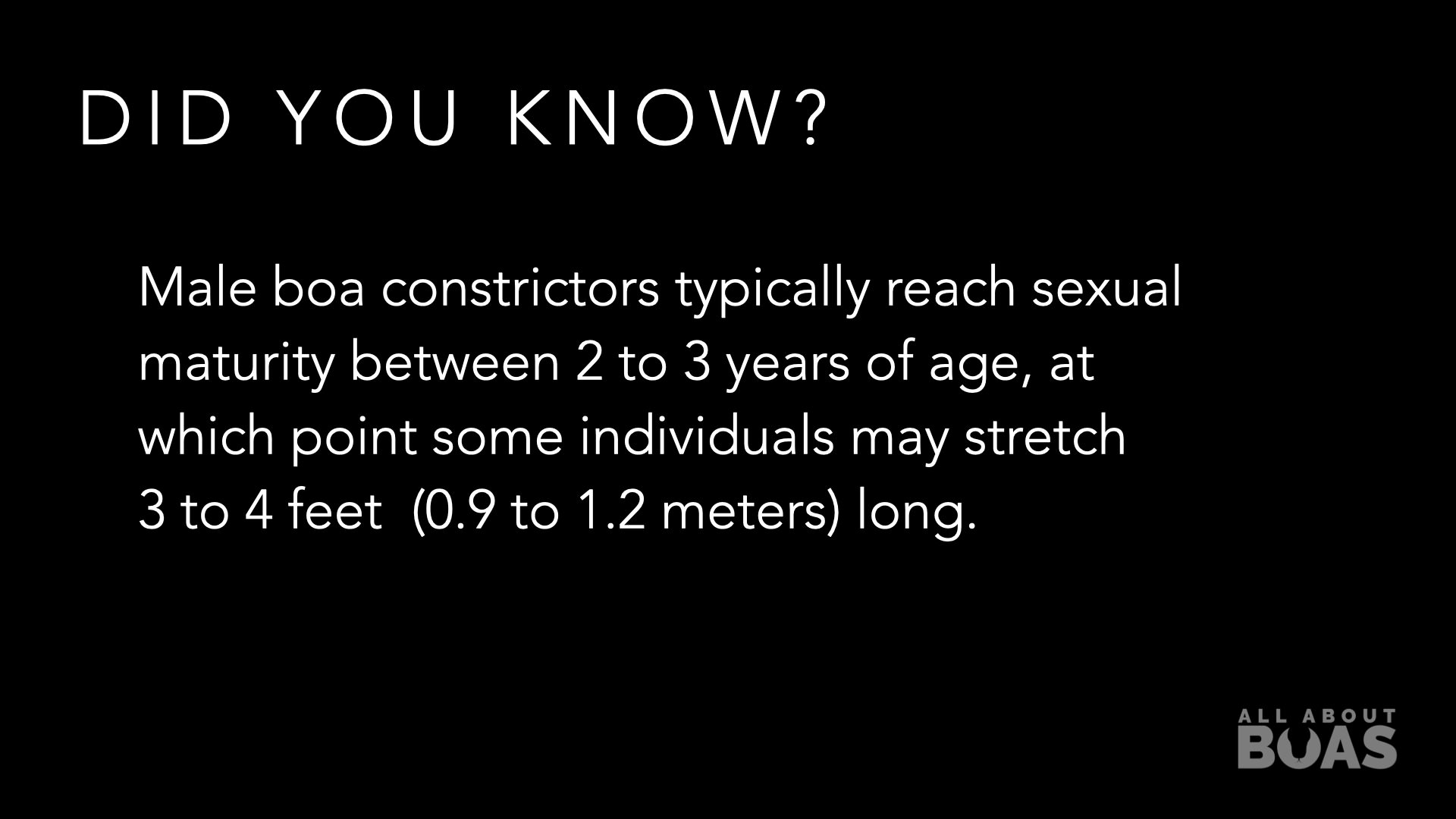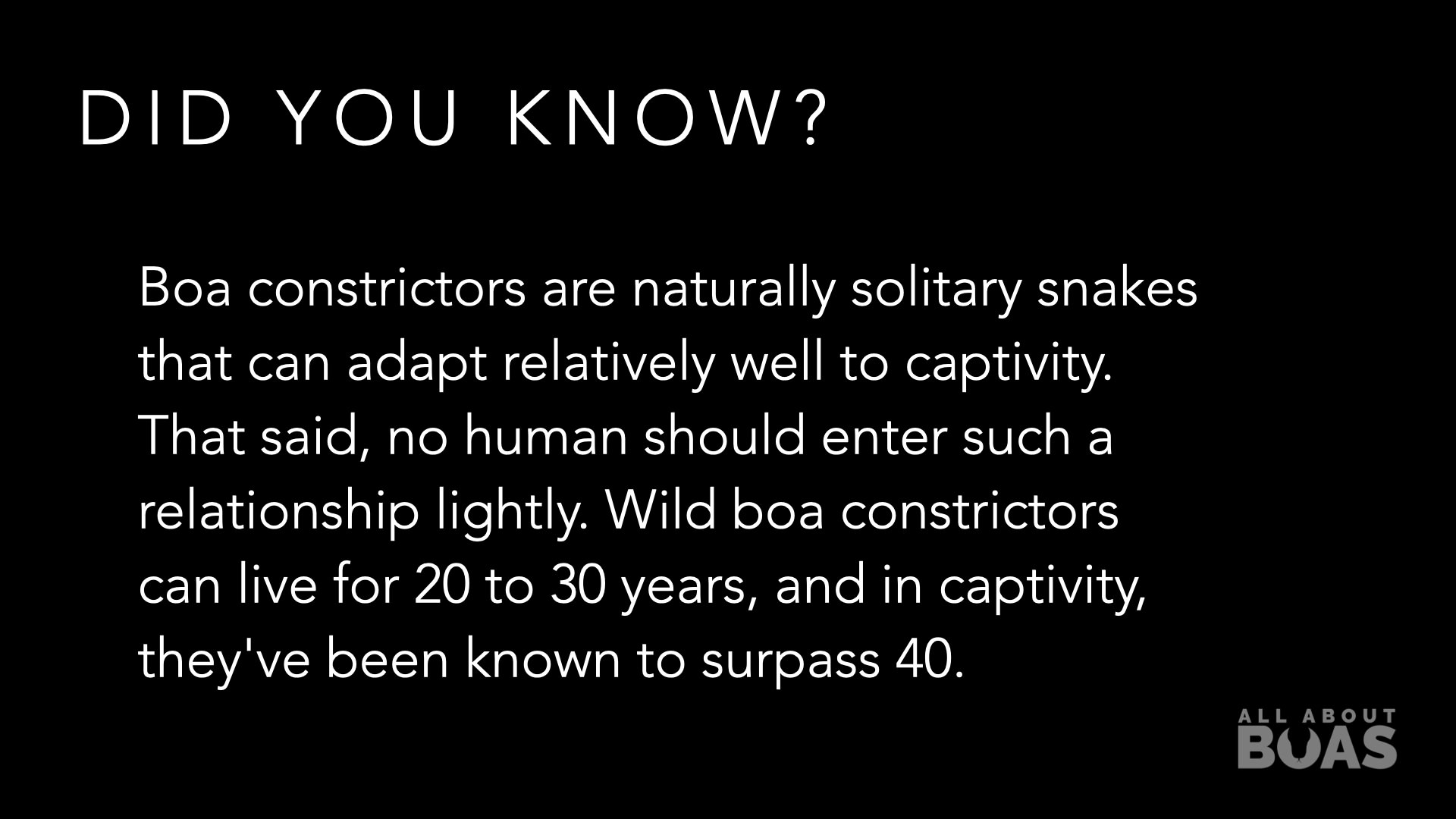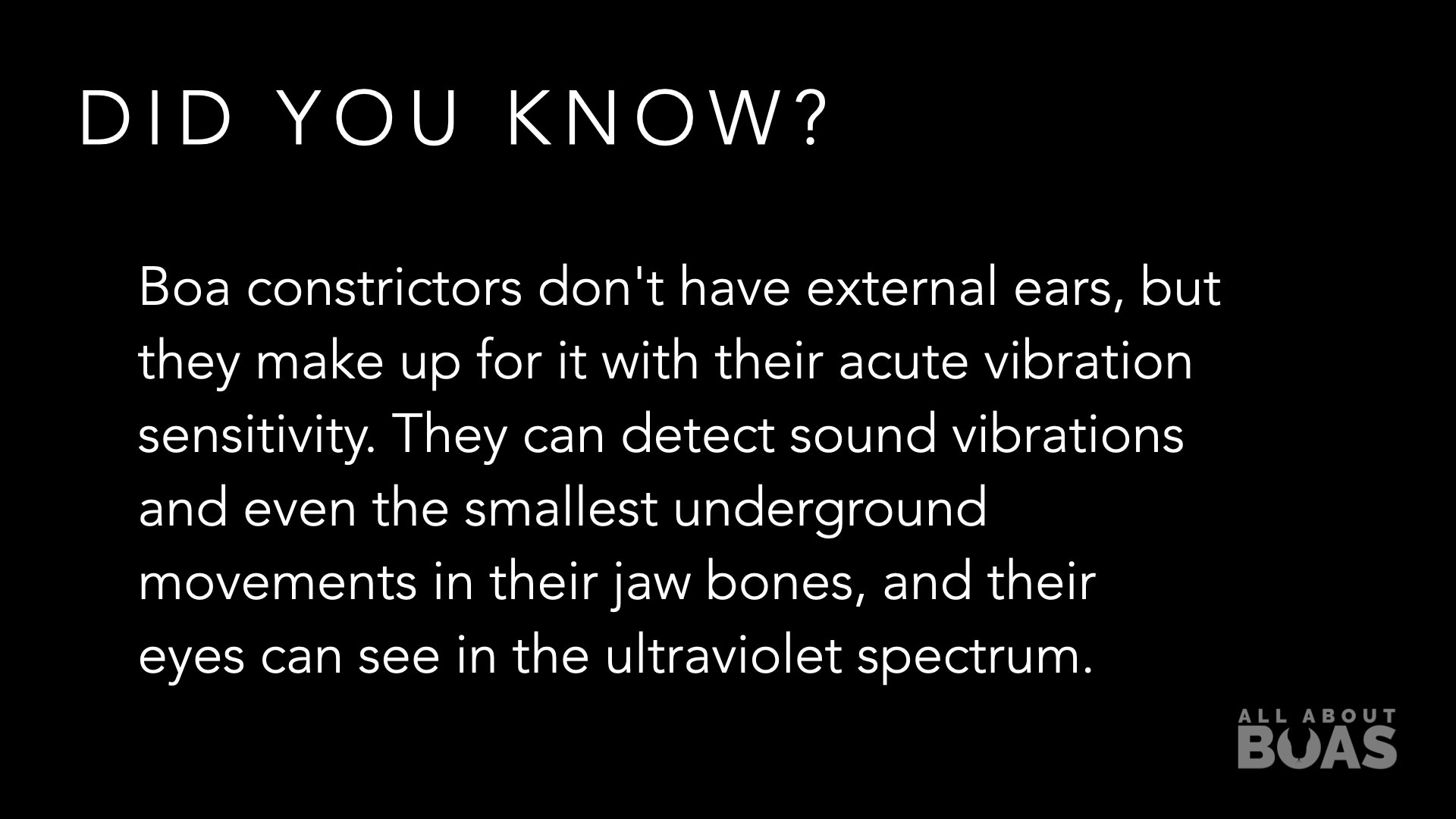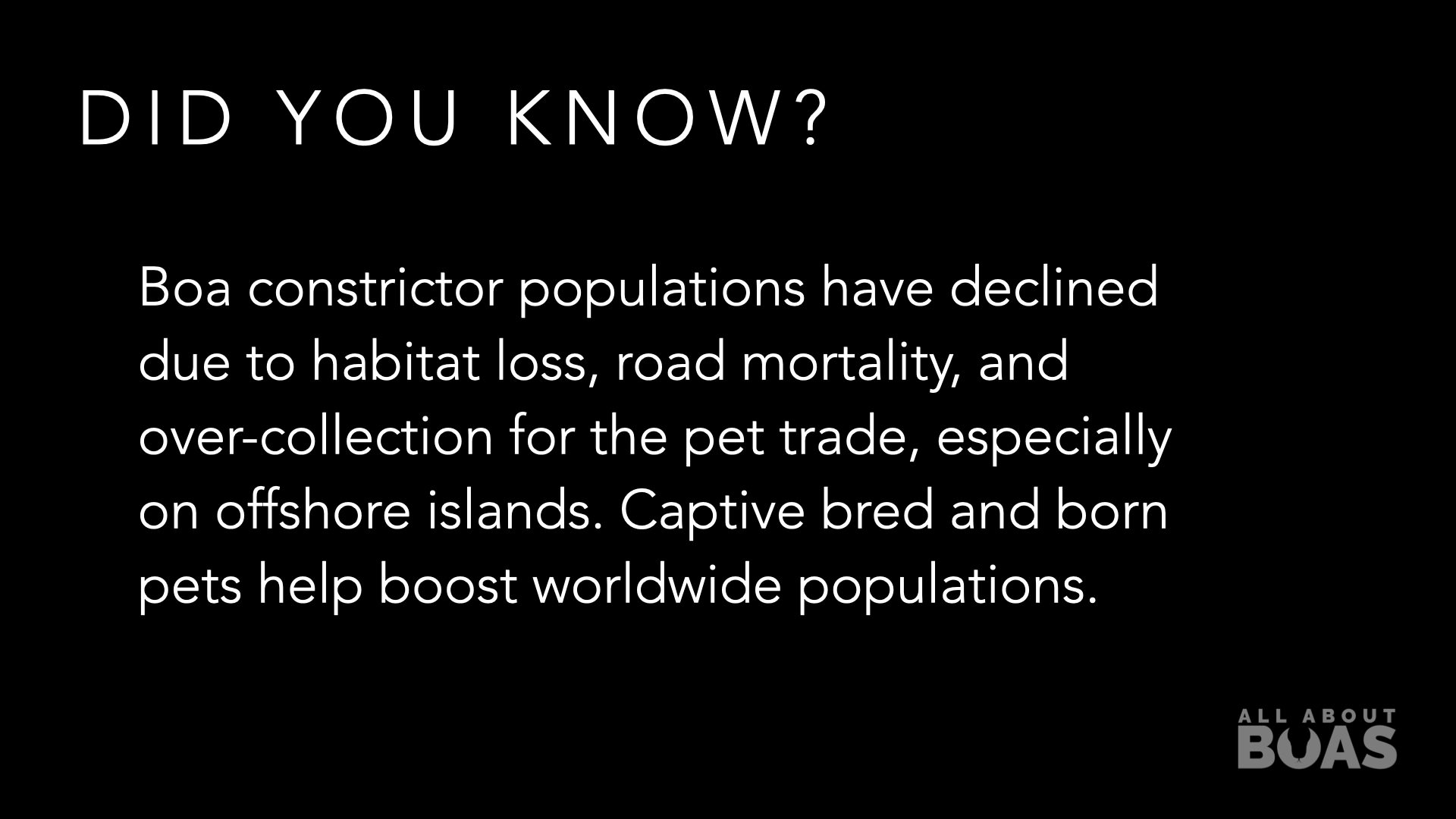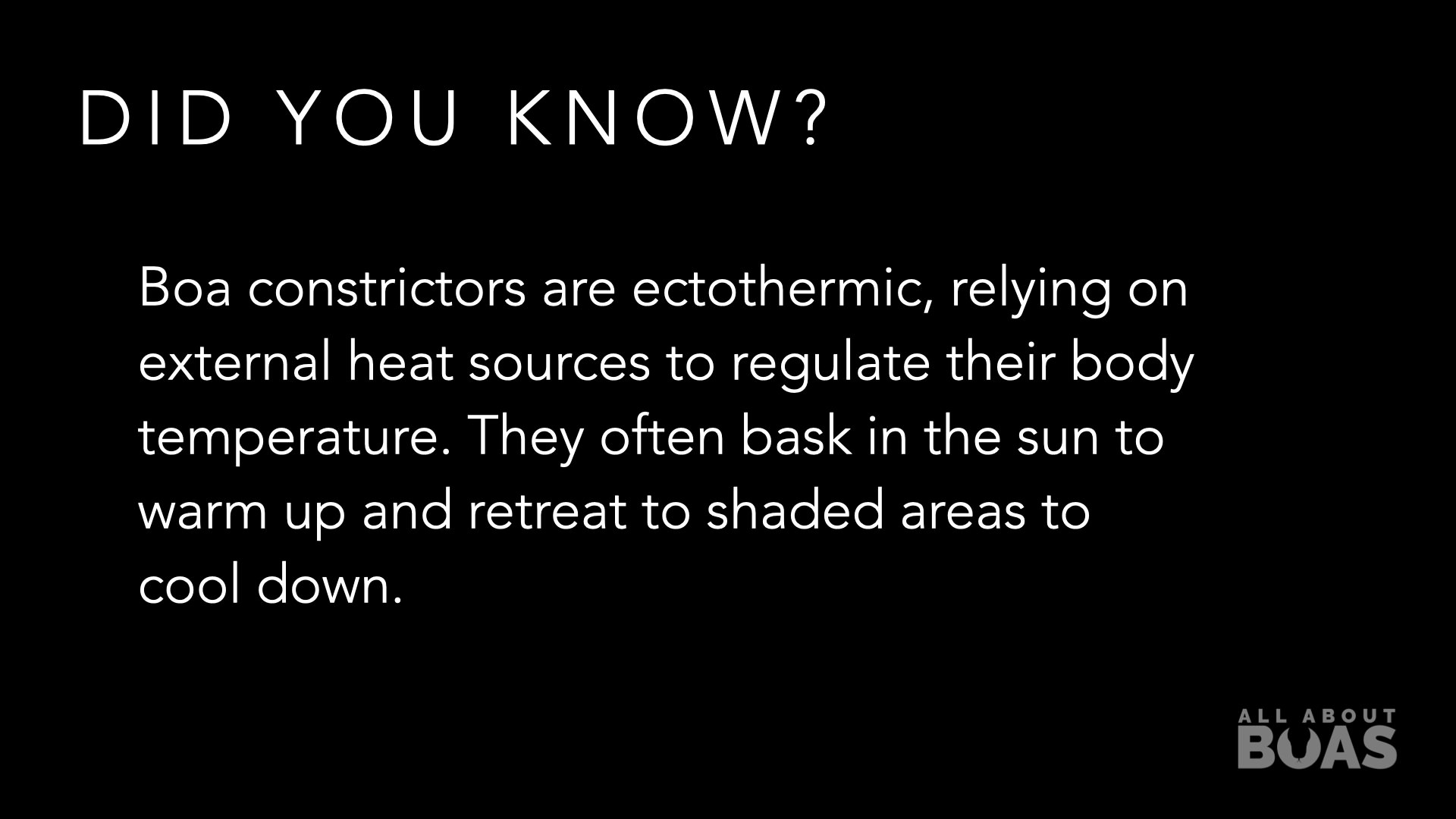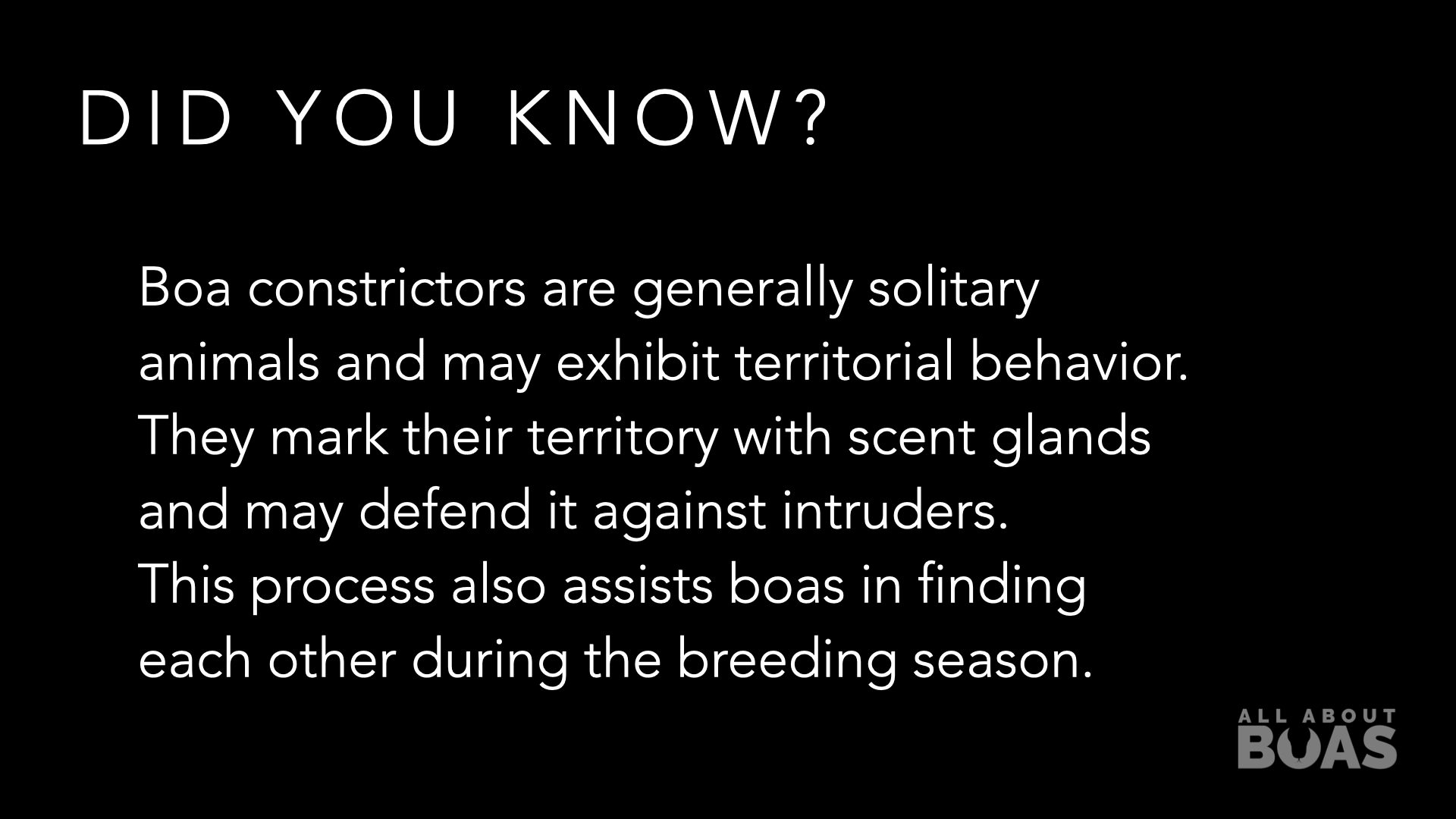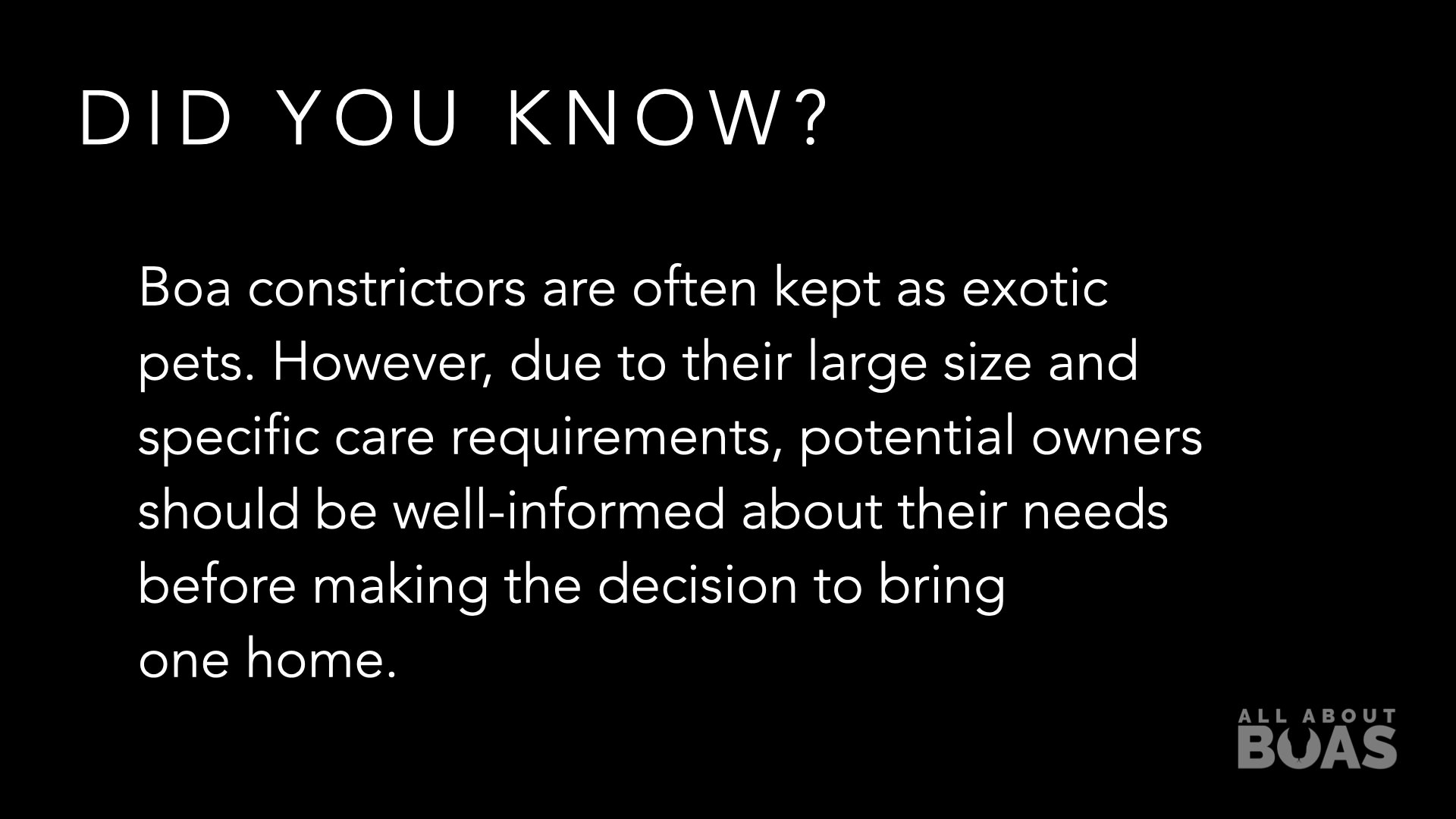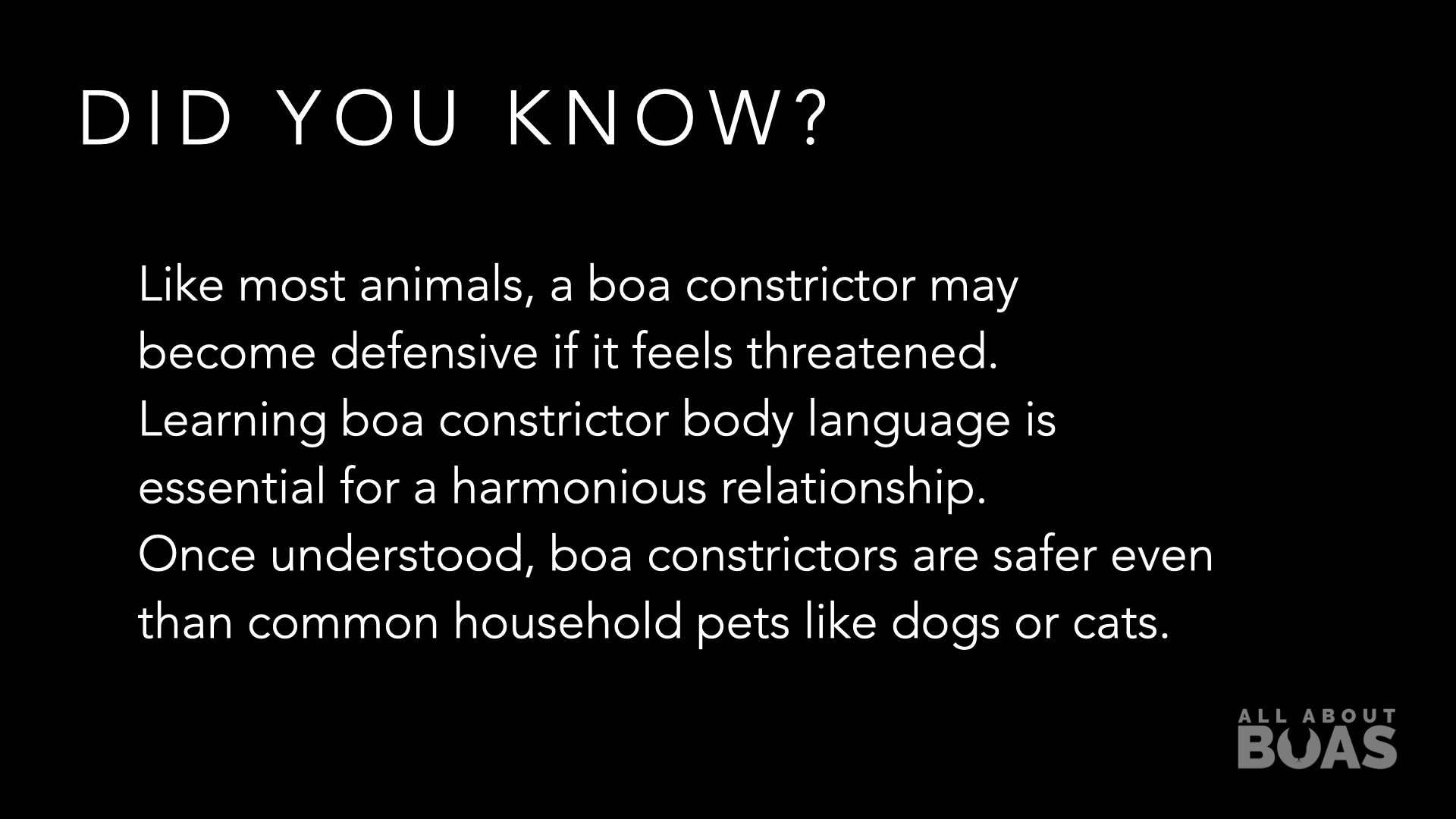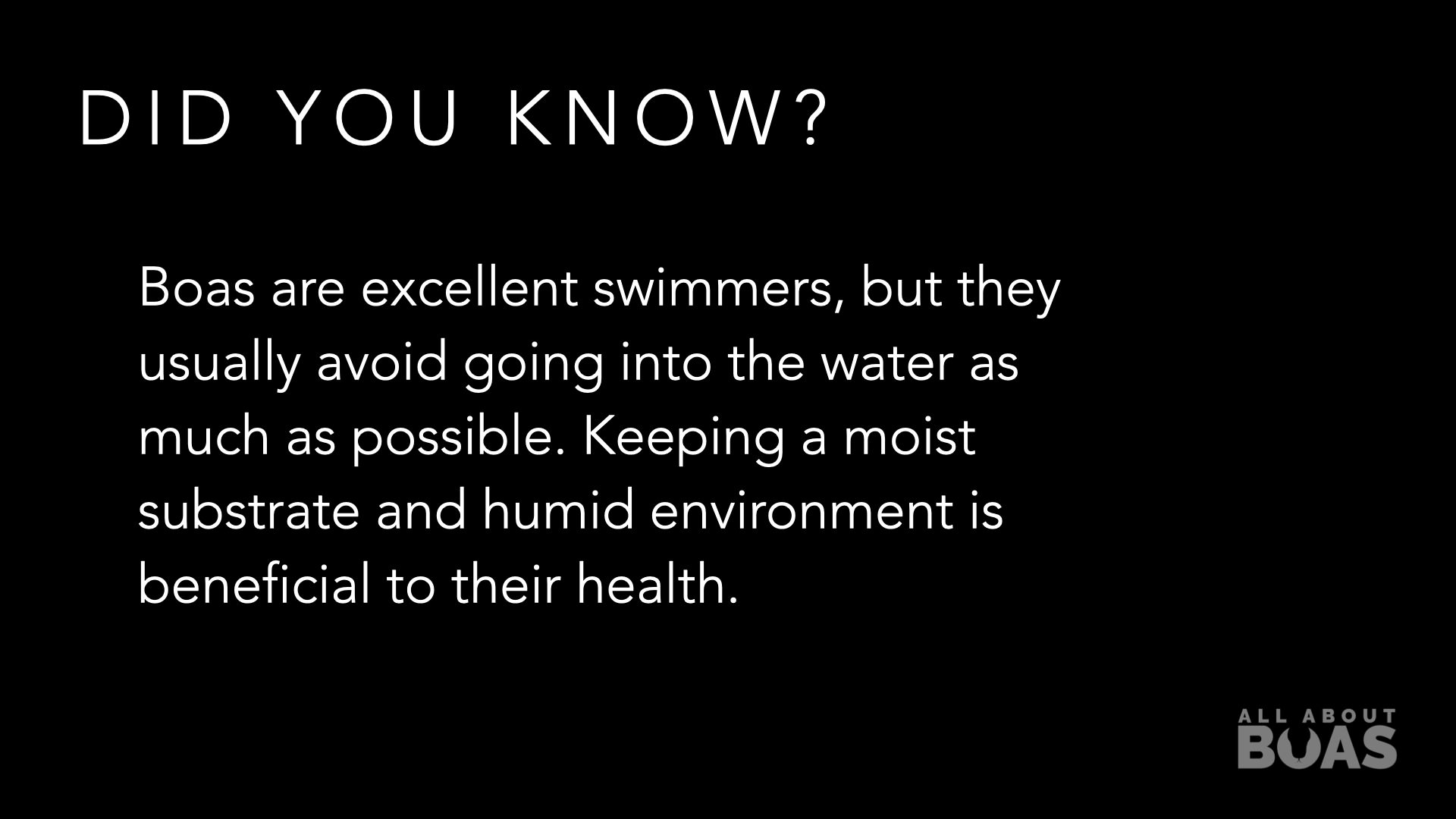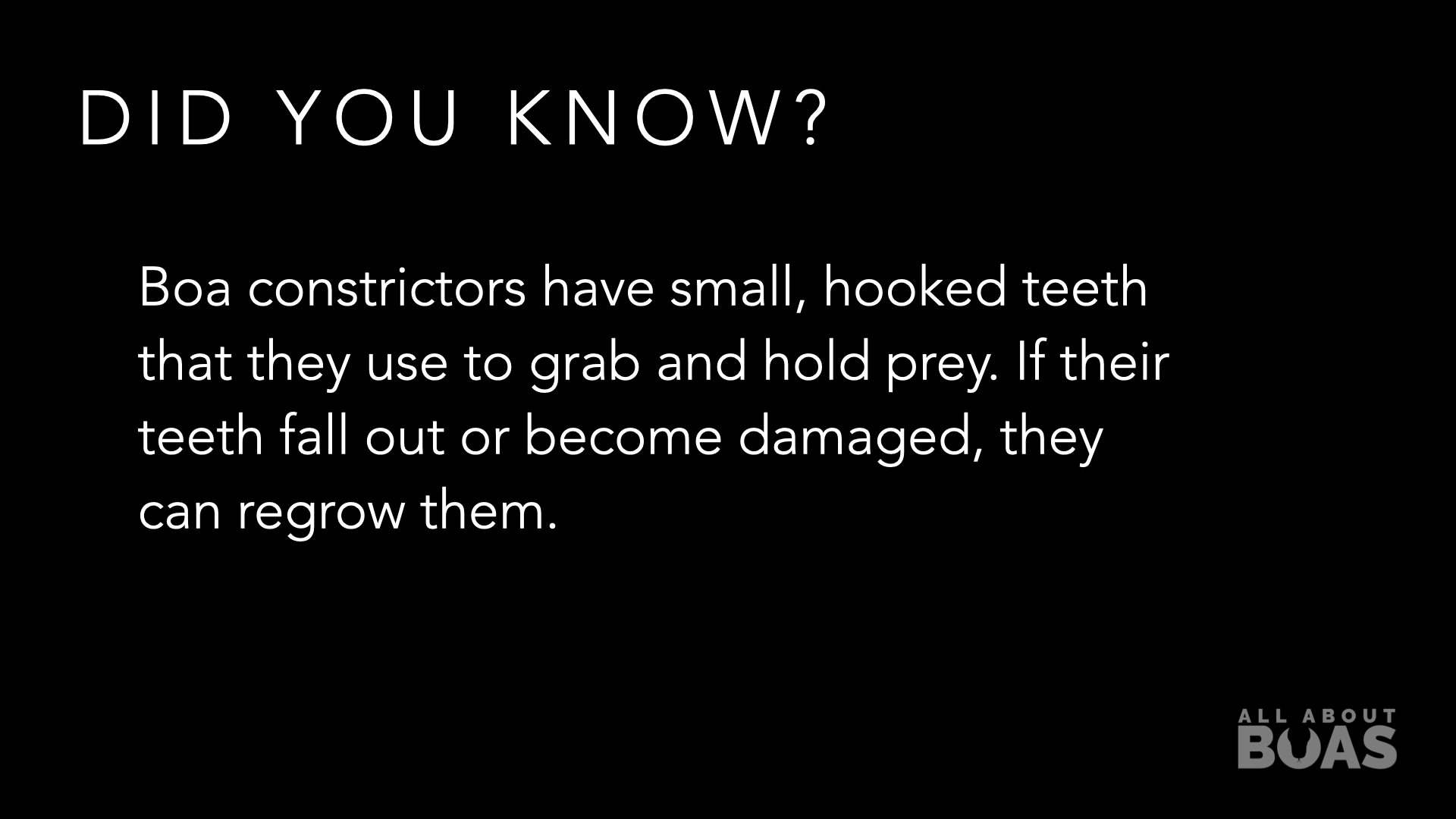Boa constrictors, known for their imposing size and incredible strength, are fascinating creatures that belong to the Boidae family of snakes. One of the most common questions asked by enthusiasts and potential pet owners is, "What do boa constrictors eat?" In this article, we will explore the dietary habits of these magnificent serpents, shedding light on their natural predation instincts and the considerations for feeding them in captivity.
Wild Diet of Boa Constrictors
In the wild, boa constrictors are carnivorous predators with a diverse diet. Their menu typically includes a variety of small to medium-sized animals, such as birds, rodents, lizards, and even bats. Boa constrictors are ambush predators; they patiently wait for their prey to approach before striking with lightning speed and constricting their victim until it suffocates.
Diet in Captivity
When kept as pets, boa constrictors' diets need to be carefully managed to ensure their health and well-being. Captive boas are commonly fed pre-killed rodents, including rats and mice, to prevent injuries to the snake during feeding. It's important to match the size of the prey with the size of the snake, offering appropriately sized meals to avoid overfeeding or underfeeding.
Feeding Frequency
The frequency of feeding depends on the age and size of the boa constrictor. Juvenile boas typically require more frequent meals, often every 7-10 days, to support their rapid growth. As they mature, the feeding schedule can be adjusted to every 10-14 days for adults. Proper observation of the snake's body condition and weight is crucial to determine the right feeding schedule.
Special Considerations
-
Hydration: Boa constrictors require access to fresh water at all times. Even though they obtain most of their moisture from their prey, having a water bowl in their enclosure is essential for hydration.
-
Health Monitoring: Regular monitoring of the boa constrictor's health is vital. Loss of appetite, regurgitation, or any sudden changes in behavior can be indicators of health issues and should be addressed promptly by a veterinarian specializing in reptiles.
-
Avoiding Live Prey: Feeding live prey to captive boa constrictors is highly discouraged. Live prey can injure the snake during the struggle, and there's also a risk of the prey fighting back and harming the snake.
Conclusion
Understanding the dietary needs of boa constrictors is fundamental for their proper care, whether in the wild or in captivity. By providing a balanced and suitable diet, snake enthusiasts and pet owners can ensure the health and vitality of these magnificent serpents. Remember, responsible pet ownership includes not only providing food but also creating a safe and enriching environment where these incredible creatures can thrive.




